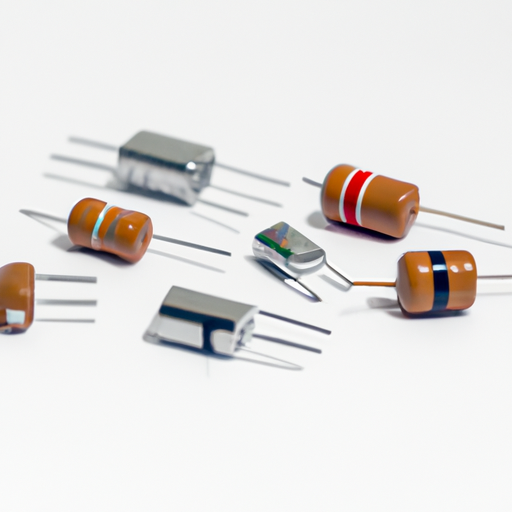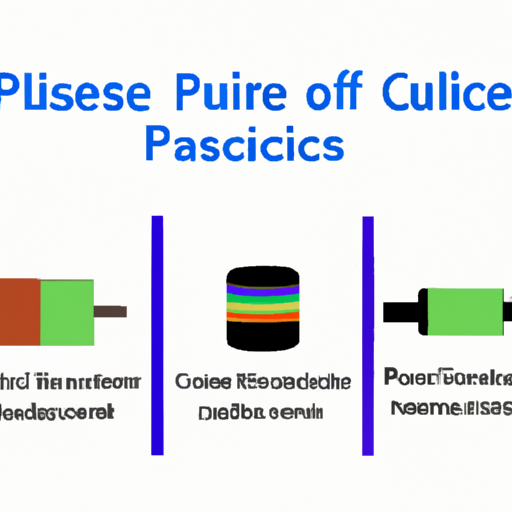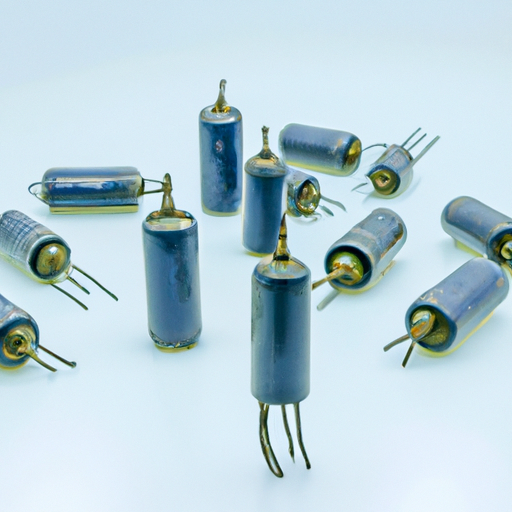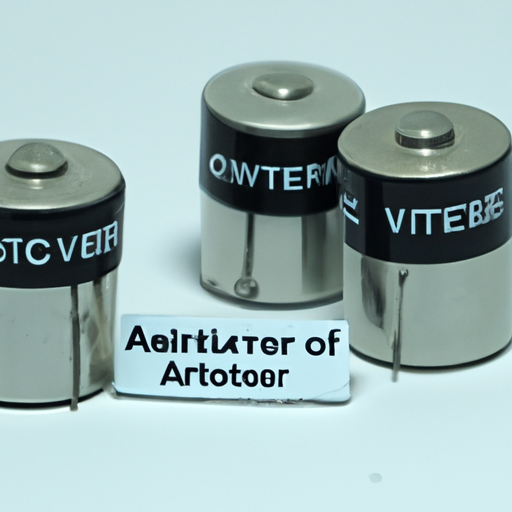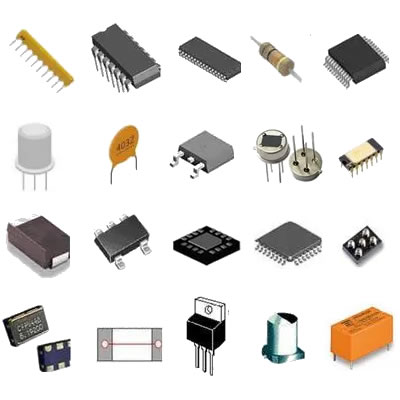What are the important product categories of high-voltage parallel capacitors?
Important Product Categories of High-Voltage Parallel Capacitors
I. Introduction
High-voltage parallel capacitors are essential components in electrical systems, playing a critical role in energy storage, power factor correction, and voltage stabilization. These capacitors are designed to operate at high voltage levels, making them indispensable in various applications, including power generation, transmission, and distribution. This article aims to provide an in-depth understanding of high-voltage parallel capacitors, their key product categories, and their significance in modern electrical systems.
II. Understanding High-Voltage Parallel Capacitors
A. Basic Principles of Capacitors
Capacitors are passive electrical components that store and release electrical energy. They consist of two conductive plates separated by an insulating material, known as a dielectric. The capacitance of a capacitor, measured in farads (F), indicates its ability to store charge. High-voltage capacitors are designed to handle higher voltage ratings, typically exceeding 1,000 volts, which distinguishes them from low-voltage capacitors.
1. **Capacitance and Voltage Ratings**: The capacitance value determines how much charge a capacitor can store, while the voltage rating indicates the maximum voltage the capacitor can withstand without breaking down. High-voltage capacitors are engineered to maintain performance under extreme conditions.
2. **Energy Storage and Release Mechanism**: When a voltage is applied across the capacitor, an electric field develops between the plates, allowing it to store energy. When the circuit requires energy, the capacitor discharges, releasing the stored energy back into the system.
B. Differences Between High-Voltage and Low-Voltage Capacitors
The primary difference between high-voltage and low-voltage capacitors lies in their construction and materials. High-voltage capacitors often use specialized dielectrics and thicker insulation to withstand higher electric fields. Additionally, they are designed to handle greater thermal and electrical stress, making them suitable for demanding applications.
C. Applications of High-Voltage Parallel Capacitors
High-voltage parallel capacitors are used in various applications, including:
- Power factor correction in industrial and commercial settings
- Energy storage in renewable energy systems
- Voltage regulation in power transmission networks
- Snubber circuits in power electronics to protect against voltage spikes
III. Key Product Categories of High-Voltage Parallel Capacitors
High-voltage parallel capacitors can be categorized into several types, each with unique characteristics, advantages, and applications.
A. Film Capacitors
1. **Description and Characteristics**: Film capacitors use a thin plastic film as the dielectric material. They are known for their stability, low loss, and high insulation resistance.
2. **Advantages and Disadvantages**: Film capacitors offer excellent performance in terms of voltage stability and low self-inductance. However, they can be bulkier and more expensive than other types of capacitors.
3. **Common Applications**: These capacitors are commonly used in power electronics, audio equipment, and power factor correction applications.
B. Ceramic Capacitors
1. **Description and Characteristics**: Ceramic capacitors use ceramic materials as the dielectric. They are available in various classes, with Class 1 capacitors offering high stability and Class 2 capacitors providing higher capacitance values.
2. **Advantages and Disadvantages**: Ceramic capacitors are compact, have low equivalent series resistance (ESR), and can handle high frequencies. However, they may exhibit capacitance variation with voltage and temperature.
3. **Common Applications**: They are widely used in RF applications, decoupling, and filtering in power supplies.
C. Electrolytic Capacitors
1. **Description and Characteristics**: Electrolytic capacitors use an electrolyte as one of the plates, allowing for higher capacitance values in a smaller package.
2. **Advantages and Disadvantages**: They are cost-effective and provide high capacitance, but they have a limited voltage rating and can be polarized, meaning they must be connected correctly in a circuit.
3. **Common Applications**: Electrolytic capacitors are often used in power supply circuits, audio amplifiers, and energy storage applications.
D. Tantalum Capacitors
1. **Description and Characteristics**: Tantalum capacitors use tantalum metal for the anode and a tantalum oxide layer as the dielectric. They are known for their high capacitance and reliability.
2. **Advantages and Disadvantages**: Tantalum capacitors offer excellent performance in terms of stability and size. However, they can be more expensive and are sensitive to voltage spikes.
3. **Common Applications**: These capacitors are commonly used in military, aerospace, and medical applications where reliability is critical.
E. Supercapacitors
1. **Description and Characteristics**: Supercapacitors, also known as ultracapacitors, have a very high capacitance value and can store large amounts of energy.
2. **Advantages and Disadvantages**: They can charge and discharge rapidly, making them ideal for applications requiring quick bursts of energy. However, they have lower voltage ratings compared to other capacitors.
3. **Common Applications**: Supercapacitors are used in energy storage systems, backup power supplies, and regenerative braking systems in electric vehicles.
IV. Specialized High-Voltage Capacitors
In addition to the standard categories, there are specialized high-voltage capacitors designed for specific applications.
A. Power Factor Correction Capacitors
1. **Role in Electrical Systems**: Power factor correction capacitors help improve the efficiency of electrical systems by reducing reactive power and improving the power factor.
2. **Types and Specifications**: These capacitors can be either fixed or automatic, with specifications tailored to the specific needs of the electrical system.
B. Snubber Capacitors
1. **Purpose and Functionality**: Snubber capacitors are used to protect circuits from voltage spikes and transients, ensuring the longevity of electronic components.
2. **Design Considerations**: The design of snubber capacitors must consider the voltage rating, capacitance value, and the specific application requirements.
C. DC Link Capacitors
1. **Importance in Power Electronics**: DC link capacitors are crucial in power electronic converters, providing energy storage and smoothing out voltage fluctuations.
2. **Key Features and Applications**: These capacitors must have high voltage ratings and low ESR to handle the demands of high-frequency switching applications.
V. Factors Influencing the Selection of High-Voltage Parallel Capacitors
When selecting high-voltage parallel capacitors, several factors must be considered:
A. Voltage Rating and Capacitance Value
The voltage rating must exceed the maximum operating voltage of the application, while the capacitance value should meet the energy storage requirements.
B. Temperature and Environmental Considerations
Capacitors must be rated for the operating temperature range and environmental conditions, such as humidity and exposure to chemicals.
C. Frequency Response and Ripple Current Handling
The capacitor's ability to handle ripple current and its frequency response characteristics are critical for applications involving high-frequency signals.
D. Size and Form Factor
The physical size and form factor of the capacitor can impact its integration into existing systems, especially in compact designs.
E. Cost and Availability
Budget constraints and the availability of specific capacitor types can influence the selection process.
VI. Future Trends in High-Voltage Parallel Capacitors
The field of high-voltage parallel capacitors is evolving, with several trends shaping its future.
A. Advancements in Materials and Technology
Innovations in dielectric materials and manufacturing processes are leading to capacitors with improved performance and reliability.
B. Increasing Demand in Renewable Energy Applications
As the world shifts towards renewable energy sources, the demand for high-voltage capacitors in energy storage and power management systems is expected to grow.
C. Innovations in Capacitor Design and Manufacturing
New designs and manufacturing techniques are being developed to create more efficient and compact capacitors, catering to the needs of modern electrical systems.
VII. Conclusion
High-voltage parallel capacitors are vital components in electrical systems, providing energy storage, voltage stabilization, and power factor correction. Understanding the various product categories, including film, ceramic, electrolytic, tantalum, and supercapacitors, is essential for selecting the right capacitor for specific applications. As technology advances and the demand for renewable energy solutions increases, the future of high-voltage capacitors looks promising, with ongoing innovations set to enhance their performance and reliability.
VIII. References
- Academic Journals
- Industry Reports
- Manufacturer Specifications and Guidelines
This comprehensive overview of high-voltage parallel capacitors highlights their importance, key product categories, and the factors influencing their selection, providing valuable insights for engineers and professionals in the field.


